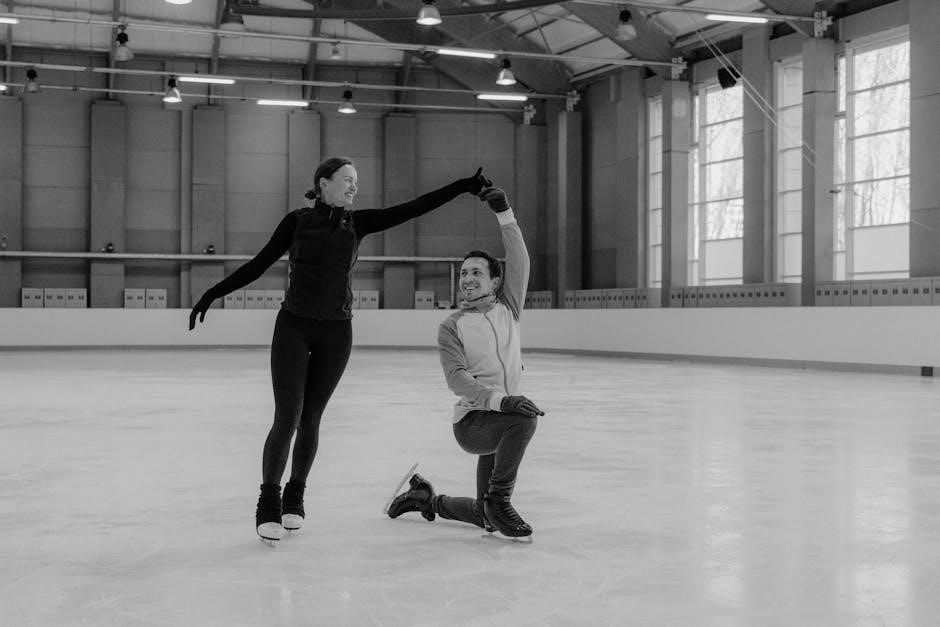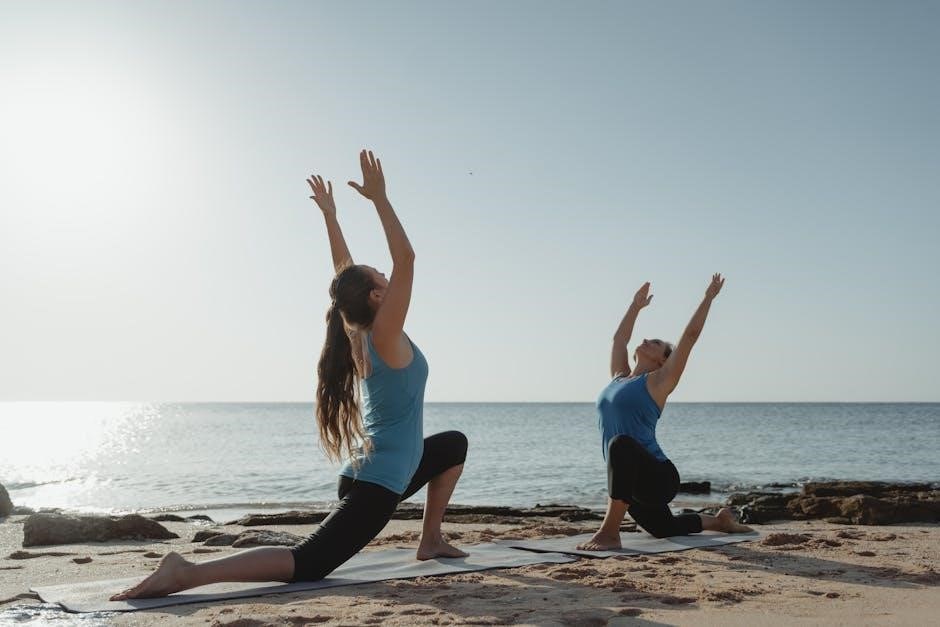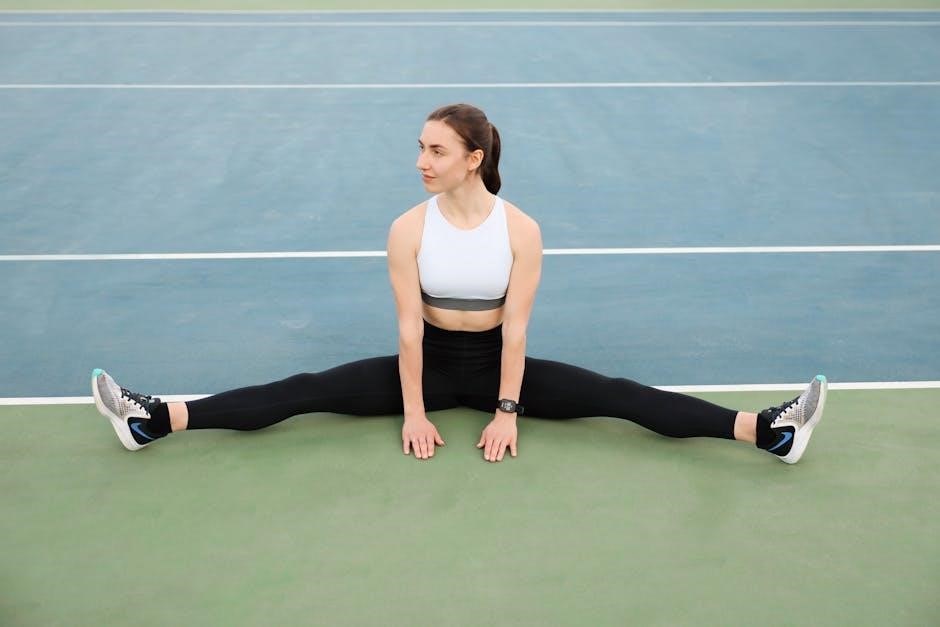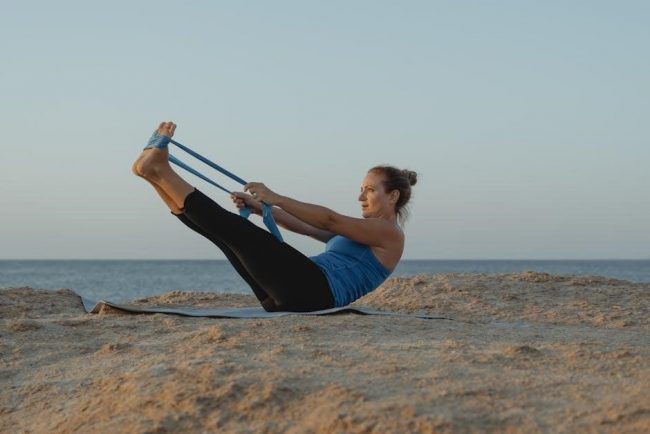De Quervain’s Tenosynovitis is a condition causing pain and swelling near the thumb, affecting tendon function. It often results from repetitive thumb movements or wrist strain.
1.1 Definition and Overview
De Quervain’s Tenosynovitis is a condition characterized by inflammation of the tendon sheath on the thumb side of the wrist. It affects the tendons responsible for thumb movement, causing pain, swelling, and limited mobility. This condition is also known as thumb tendinitis or de Quervain tendinitis. It often arises from repetitive thumb or wrist motions, such as gripping or twisting, leading to discomfort and impaired function. Proper understanding of this condition is essential for effective management and recovery.
1.2 Causes and Risk Factors
De Quervain’s Tenosynovitis is typically caused by repetitive thumb and wrist movements, such as gripping, twisting, or pinching. Risk factors include activities requiring frequent thumb use, like texting or lifting, and existing wrist or hand conditions. Individuals with poor ergonomic practices or those engaging in sports involving repetitive motions are more prone to developing this condition. Understanding these causes helps in implementing preventive strategies and targeted exercises for recovery.

Understanding the Condition
De Quervain’s Tenosynovitis affects the tendons on the thumb side of the wrist, causing pain, swelling, and limited movement. It disrupts tendon function, hindering normal hand and wrist activities.
2.1 Symptoms of De Quervain’s Tenosynovitis
The primary symptoms include pain and swelling near the base of the thumb, particularly when gripping or twisting the wrist. Patients may experience limited thumb movement, tenderness, and a “catching” sensation. Activities like pinching or lifting objects often exacerbate the discomfort. In severe cases, the pain may radiate to the forearm, making everyday tasks challenging. Early recognition of these symptoms is crucial for effective treatment.
2.2 Diagnosis and Evaluation
Diagnosis typically involves a physical exam and patient history. The Finkelstein test, where the thumb is tucked and wrist bent, often reproduces pain, confirming the condition. Imaging like X-rays or MRIs may rule out fractures or arthritis. A thorough assessment of wrist and thumb mobility, along with pain triggers, helps guide treatment plans. Early evaluation ensures timely intervention, preventing progression and promoting recovery.

Treatment Options

Treatment for De Quervain’s typically involves rest, splinting, ice, and over-the-counter NSAIDs. Gentle exercises, as outlined in PDF guides, are often recommended to restore mobility and strength.
3.1 Non-Surgical Approaches
Non-surgical methods are often the first line of treatment for De Quervain’s. Resting the wrist and thumb, applying ice or heat, and using anti-inflammatory medications like ibuprofen can reduce swelling. Splinting the affected area to immobilize it and prevent further strain is also commonly recommended. Gentle exercises, such as thumb stretches and wrist movements, can help restore function without surgical intervention. These approaches aim to alleviate pain and inflammation while promoting healing.
3.2 Role of Exercises in Rehabilitation
Exercises play a crucial role in rehabilitation by improving mobility, strength, and function. Gentle stretching, such as the thumb/De Quervain’s stretch, helps reduce tightness. Isometric exercises, like wrist flexion and extension, strengthen muscles without strain. Progressing to resistance exercises, such as radial deviation and grip strengthening, enhances tendon resilience. These exercises should be performed with proper technique, avoiding pain, to promote healing and prevent recurrence. Consistency is key for optimal recovery and return to normal activities.

Exercise Program for De Quervain’s Tenosynovitis
A structured exercise program focuses on gentle stretching, strengthening, and functional activities to restore wrist and thumb mobility, reducing pain and improving overall hand function.
4.1 Stage 1: Gentle Stretching and Mobilization
Stage 1 focuses on restoring flexibility and reducing stiffness through gentle exercises. Begin with the thumb/De Quervain’s stretch: tuck your thumb into your palm, gently grip, and tilt your hand away to feel a stretch at the base of your thumb. Hold for 20 seconds, repeat 5 times, and rest for 1 minute. This exercise helps alleviate tension and promotes tendon healing, essential for early recovery.
4.2 Stage 2: Strengthening Exercises
Stage 2 introduces strengthening exercises to restore tendon strength and improve joint stability. Begin with wrist flexion and extension: place your forearm on a surface, palm up, and slowly lift your hand up and down. Perform radial deviation strengthening by lifting your hand sideways with light weights or resistance bands. Grip strengthening exercises, like squeezing a rubber ball, also enhance hand function. Aim for 3 sets of 10-15 repetitions daily to gradually build strength without causing pain.
4.3 Stage 3: Advanced Resistance and Functional Activities
Stage 3 focuses on advanced resistance and functional activities to restore full tendon strength and dexterity. Use resistance bands or light weights for wrist flexion, extension, and radial deviation. Incorporate dynamic movements, such as twisting motions and grip-and-release exercises with small objects. Progress to functional tasks like lifting light weights or using tools with the affected hand. Aim for 3 sets of 12-15 repetitions to enhance tendon resilience and improve daily activity performance without discomfort.
Specific Exercises
Key exercises include thumb stretches, wrist flexion, extension, and radial deviation. Strengthening grip and opposition stretches target tendon mobility and reduce discomfort, promoting recovery and functionality.
5.1 Thumb/De Quervain’s Stretch
The Thumb/De Quervain’s Stretch involves tucking the thumb into the palm and gently gripping. Tilt the hand away to feel a stretch at the thumb base or wrist. Hold for 20 seconds, repeat up to 5 times, resting 1 minute between sets. Perform this routine twice daily to improve flexibility and reduce tension in the affected tendons, aiding in recovery and pain relief.
5.2 Wrist Flexion and Extension

Wrist flexion and extension exercises involve bending the wrist upward and downward. Place the forearm on a flat surface, palm up, with the wrist relaxed. Slowly lift the hand upward, then lower it back down, moving only the wrist. Hold each position for 10-15 seconds. Repeat 10 times, 2-3 times daily. This exercise improves wrist mobility and strength, aiding recovery and reducing stiffness associated with De Quervain’s Tenosynovitis.
5.3 Radial Deviation Strengthening
Radial deviation strengthening targets the muscles controlling wrist movement toward the thumb. Hold a light weight or resistance band with the forearm resting palm down. Slowly tilt the wrist upward, then return to the starting position. Perform 3 sets of 10 repetitions daily. This exercise enhances tendon glide and strength, reducing stiffness and improving wrist function, crucial for recovery from De Quervain’s Tenosynovitis.
5.4 Grip Strengthening Exercises
Grip strengthening exercises are essential for improving thumb and wrist function. Use a rubber band or stress ball; squeeze gently for 5 seconds, then release. Perform 3 sets of 10 repetitions daily. This enhances grip strength and tendon mobility, aiding recovery from De Quervain’s Tenosynovitis. Avoid causing pain during exercises to ensure proper healing and progress.
5.5 Opposition Stretch
Rest your hand on a table, palm up. Gently touch the tip of your thumb to your little finger, forming a light “O” shape. Hold this position for 6 seconds, then relax. Repeat 10 times. This stretch improves thumb mobility and reduces tension in the tendon sheath. Perform this exercise when pain is manageable to avoid exacerbating the condition; Regular practice helps restore normal thumb function and alleviate De Quervain’s symptoms effectively.
Exercise Routine and Progression
Begin with gentle stretches and gradually progress to strengthening exercises. Perform exercises 2-3 times daily, focusing on controlled movements and pain-free ranges to ensure safe and effective recovery.
6.1 Frequency and Duration
Exercises should be performed 2-3 times daily, with each session lasting 10-15 minutes. Start with 10-15 repetitions of each exercise, gradually increasing as comfort allows. Begin with isometric exercises several times a day, then progress to dynamic movements. Hold stretches for 20-30 seconds and rest for 1-2 minutes between sets. Consistency is key to improve mobility and strength without causing further inflammation or discomfort.
6.2 Proper Technique and Safety
Ensure controlled, slow movements during exercises to avoid aggravating the condition. Use proper hand positioning and avoid bending or twisting the wrist excessively. Apply heat before exercises to improve flexibility and reduce stiffness. Stop immediately if pain occurs and consult a healthcare provider. Maintain a pain-free range of motion and prioritize form to prevent further injury, promoting safe and effective rehabilitation.

Additional Rehabilitation Strategies
Supplement exercises with ice or heat therapy to reduce inflammation. Splinting and immobilization can protect the wrist and thumb, promoting healing and preventing further strain.
7.1 Ice and Heat Therapy
Ice therapy reduces swelling and pain by constricting blood flow, applied for 10-15 minutes, 3-4 times daily. Heat therapy, like warm compresses or baths, relaxes muscles and improves circulation. Alternate between ice and heat to manage inflammation and promote healing. These therapies complement exercises and splinting, aiding recovery. Consistent application helps alleviate discomfort and supports tendon repair, enhancing the effectiveness of rehabilitation efforts;
7.2 Splinting and Immobilization
Splinting is essential to reduce strain on the tendons, allowing them to heal. A wrist and thumb splint should be worn continuously for 2-3 weeks, especially during activities that aggravate symptoms. Immobilization helps minimize pain and inflammation by restricting movement. Avoid direct massage over the affected area to prevent further irritation. Splinting is often recommended before starting exercises, ensuring the tendon sheath has time to recover and reducing the risk of recurrence.

Preventing Recurrence
Preventing recurrence involves ergonomic adjustments, activity modification, and regular exercises to avoid strain on the wrist and thumb, ensuring long-term recovery and reducing the risk of relapse.
8.1 Ergonomic Modifications
Ergonomic modifications focus on adjusting workspaces and tools to reduce strain on the wrist and thumb. This includes using ergonomic handles, splints, or cushioned grips to minimize repetitive stress. Ensuring proper hand positioning during activities like typing or lifting can prevent tendon irritation. Regular breaks and altering repetitive tasks are also crucial. These adjustments help maintain proper alignment and reduce the risk of recurrence, promoting a healthier work and activity environment.
8.2 Activity Modification and Avoidance
Modifying activities is crucial to prevent aggravating De Quervain’s Tenosynovitis. Avoid repetitive thumb movements, gripping, or twisting actions that strain the wrist. Replace heavy or vibrating tools with ergonomic alternatives to reduce stress. Limit activities requiring prolonged pinching or lifting. Incorporating regular breaks and using assistive devices can help minimize strain. Proper lifting techniques and avoiding overuse are essential to reduce pain and prevent recurrence of the condition.
9.1 Summary of Key Points
De Quervain’s Tenosynovitis is effectively managed with targeted exercises, including thumb stretches, wrist flexion, and radial deviation. Consistency in practice is crucial for recovery and prevention. Gentle exercises like the opposition stretch and grip strengthening are recommended to improve mobility and strength. Combining these with therapies such as ice and heat can enhance recovery. Proper technique and gradual progression ensure safety and effectiveness. Regular practice and ergonomic adjustments are essential for long-term relief and preventing recurrence of the condition.
9.2 Importance of Consistent Exercise Practice
Consistent exercise practice is vital for managing De Quervain’s Tenosynovitis, as it enhances tendon mobility and strength. Regular stretching and strengthening exercises, such as thumb stretches and wrist flexion, help reduce inflammation and prevent recurrence. Over time, consistent practice promotes long-term relief and restores functional abilities. Adherence to a structured exercise program ensures sustained improvement and supports overall recovery. It is essential to maintain a routine to achieve optimal outcomes and avoid relapses.

Resources for Further Reading
Explore detailed PDF guides and literature on De Quervain’s exercises, including OrthoInfo and ResearchGate, offering comprehensive routines and strategies for effective management and recovery.
10.1 Recommended PDF Guides and Literature
Downloadable PDF guides, such as those from OrthoInfo and ResearchGate, provide detailed exercise routines and treatment insights for De Quervain’s Tenosynovitis. Deepak Nainwal’s literature review highlights corticosteroid injection efficacy. These resources offer step-by-step exercises, including thumb stretches and wrist mobilization, as well as expert recommendations for rehabilitation. They are invaluable for patients and healthcare providers seeking evidence-based approaches to managing and recovering from this condition effectively.
